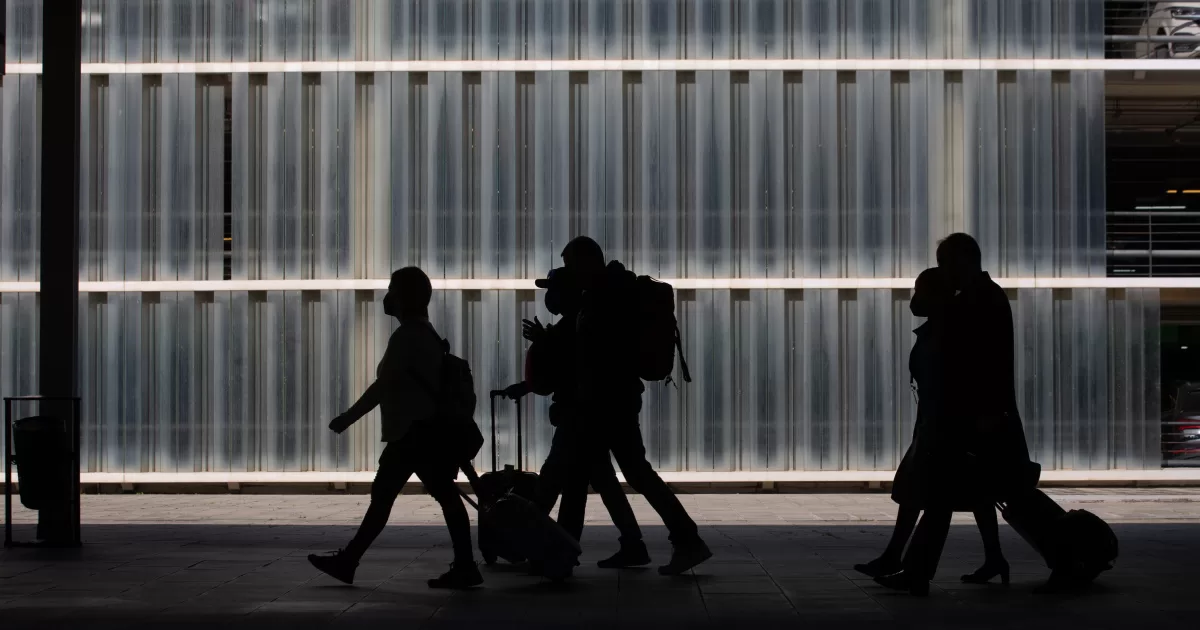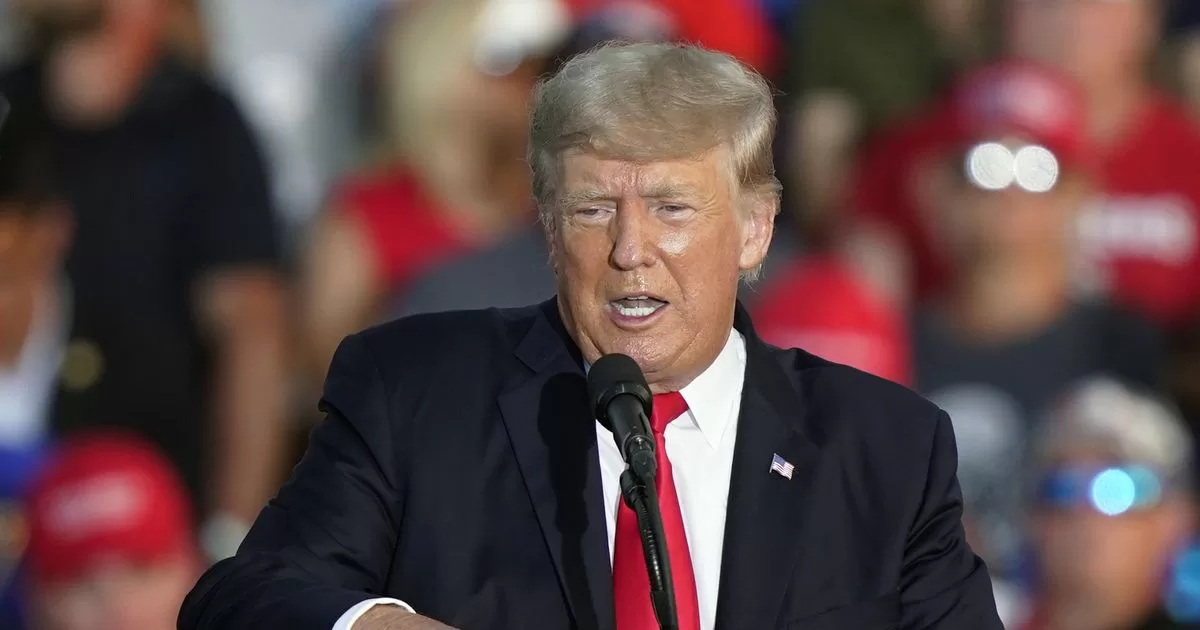Matteo Messina Denaro, one of the leaders of the Sicilian mafia, Cosa Nostra, has finally been arrested after a 30-year run. His arrest occurred when a hundred police officers surrounded the Maddalena private clinic in Palermo, where they had discovered that he was receiving treatment.
It had been rumored for weeks that Denaro was ill and undergoing chemotherapy, but the public was shocked that Italy’s most wanted man was receiving treatment at a Palermo clinic alongside ordinary citizens. He was in line to get tested when a police officer approached him to ask who he was. A partner who was with him ran out, but he approached and answered simply: “I’m Matteo Messina Denaro.”
the researchers explained at the press conference that it was his need for health care that finally allowed them to identify him and take action.
Denaro’s arrest on January 16 came exactly 30 years and one day after that of his mentor, the boss, Toto “the Beast” Riina. It seems significant that, after three decades on the run, this is the date he was finally arrested. It may indicate that the internal dynamics of Cosa Nostra are changing and that someone had decided to hand him over because he was no longer considered “useful.”
Denaro is the last chief who knows all the secrets surrounding the Cosa Nostra terrorist attacks against the State in the early 1990s. If he spoke, he could provide essential pieces of the mafia puzzle of the postwar period. However, this is highly unlikely, so anyone hoping for the truth may be disappointed.
His arrest is also a worrying reminder to the authorities of the current situation. He is the last known face of the leaders of Cosa Nostra. Investigators know little about what the current leaders look like and now they will fight with one hand tied behind their backs as they search for other suspected mobsters.
A bridge between the old and the new school
Denaro was the last of the old generation mob bosses. He represents the last link between the belligerent and open Cosa Nostra of the early 90s and the silent and business mafia of the 21st century. He was born into a mafia family and was known for his violence, but he also moved in the “right” circles to advance his career.
He is the last mob boss associated with the Corleone generation, a group of mobsters (led by Riina and Bernardo Provenzano) who essentially waged open war against the Italian state in the early 1990s.
The conflict caused numerous violent deaths, such as that of judges Giovanni Falcone and Paolo Borsellino and that of Giuseppe Di Matteo, the 12-year-old boy son of an informerwho was kidnapped, strangled and dissolved in acid to force his father to back down from his collaboration with the state.
Considered less conservative than the traditional and older leaders, Denaro was flashier and more modern. He was able to run Cosa Nostra from 2007 until his arrest by infiltrating the legal economy through shell companies. While Riina adopted a terrorist strategy against the state, Denaro’s mafia brand encapsulates the 21st century: it is based on a mixture of violence, illegal activities, social solidarity (providing employment and justice to local communities), silence and anonymity. Strong business and political contacts are also crucial, especially the ability to reinvest “dirty money” in the legal economy.
In recent years, it has even been suggested that Denaro was investing in forward-thinking and innovative companies (such as wind and solar energy companies). All this with the complicity of a wide network of facilitators that has protected Denaro for the past 30 years. Often these are people without criminal records, so they are less locatable by the authorities.
The existence of these trusted networks within the Denaro mafia is a crucial issue for the authorities. It shows the existence of a layer of omerta –silence– that protected him. This arrest is a clear victory for the Italian state, but one wonders why it took so long to find Denaro in Sicily. The circle of protection from him has obviously been difficult to break.
The police have gradually removed the layers of accomplices that made him vulnerable, but it has taken time. To investigate mafia networks, Italian police have resorted to both traditional surveillance and more modern wiretapping and digital wiretapping. Over time, they have paid off.
The end of Cosa Nostra or a new era?
Denaro’s arrest could well create a power vacuum that plunges Cosa Nostra into a crisis, but it’s not the end of the mafia. Denaro’s downfall could even create an opportunity for him to mutate once more, change and adapt to new business opportunities, like a snake shedding its skin. I believe this arrest marks a changing of the guard at the top of Cosa Nostra. It may be that Denaro was no longer relevant or necessary. Perhaps, he had even outlived his usefulness. There will already be a new generation running Cosa Nostra.
Many people can now declare that Cosa Nostra is dead. It is clear that it is not in as good health as the other main organized crime gangs in Italy – the Calabrian ndrangheta and the Neapolitan Camorra, both prosperous – but it is far from being a lost cause. Even after the fall of Denaro, the Cosa Nostra continues to function, permeating the Italian economy and the economies of many other European nations.
Therefore, the Italian state and European countries must relentlessly continue their fight against mafias and organized crime groups and never let down their guard.
Felia AllumProfessor of comparative organized crime and corruption., University of Bath
This article was originally published on The Conversation. read the original.


